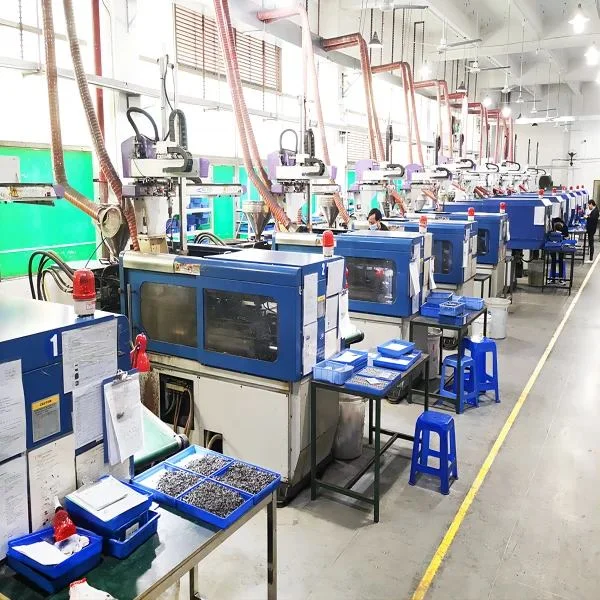Common Challenges in Powder Metallurgy and How to Overcome Them
Powder metallurgy (PM) is a versatile and efficient manufacturing process that produces metal parts from powdered materials. While this technology offers numerous advantages, such as reduced waste and the ability to create complex geometries, it also presents several challenges that manufacturers must address to ensure optimal results. In this article, we will explore common challenges in powder metallurgy and provide solutions to overcome them, with insights from Ganlong-Flying Industrial, a leader in the field.

1. Inconsistent Powder Quality
Challenge:
The quality of the metal powder used in PM directly affects the properties of the final product. Variations in particle size, shape, and composition can lead to inconsistent performance and mechanical properties.
Solution:
To mitigate this issue, manufacturers should source powders from reputable suppliers and conduct thorough quality control tests on incoming materials. Implementing standardized procedures for powder production can also help maintain consistency.
2. Compaction Issues
Challenge:
Achieving uniform density during the compaction process is critical for the performance of PM parts. Inconsistent compaction can lead to defects such as porosity or weak spots in the final product.
Solution:
Using advanced compaction techniques, such as isostatic pressing or die compaction with optimized tooling, can enhance uniformity. Additionally, conducting trials to determine the optimal compaction pressure for specific powders can improve results.
3. Sintering Challenges
Challenge:
Sintering is a crucial step in powder metallurgy that involves heating the compacted powder to bond particles together. However, improper sintering conditions can result in inadequate bonding, distortion, or dimensional changes.
Solution:
Careful monitoring of sintering parameters—such as temperature, time, and atmosphere—is essential. Employing advanced sintering techniques like hot isostatic pressing (HIP) can improve densification and mechanical properties.
4. Tool Wear and Maintenance
Challenge:
The tools used in powder metallurgy processes are subject to wear due to the abrasive nature of metal powders. This wear can affect precision and lead to increased production costs.
Solution:
Investing in high-quality tooling materials and implementing regular maintenance schedules can extend tool life. Additionally, using coatings or surface treatments on tools can reduce wear rates.
5. Environmental Concerns
Challenge:
The production of metal powders and the PM process itself can generate waste and emissions that pose environmental challenges.
Solution:
Adopting sustainable practices, such as recycling scrap metal and utilizing closed-loop systems for powder recovery, can minimize environmental impact. Companies like Ganlong-Flying Industrial are committed to eco-friendly practices in their operations.
6. Limited Material Options
Challenge:
While powder metallurgy allows for a wide range of materials, some specialized alloys may not be readily available in powdered form.
Solution:
Developing partnerships with material suppliers to create custom powders or exploring alternative alloy compositions can expand material options for PM applications.
7. Cost Considerations
Challenge:
The initial setup costs for powder metallurgy processes can be high due to equipment investment and material sourcing.
Solution:
Conducting a thorough cost-benefit analysis before implementation can help justify the investment. Additionally, focusing on high-volume production runs can reduce per-part costs over time.
Conclusion
Powder metallurgy presents unique challenges that require careful consideration and strategic solutions. By addressing issues related to powder quality, compaction, sintering, tooling maintenance, environmental impact, material availability, and cost management, manufacturers can harness the full potential of this innovative technology.
Ganlong-Flying Industrial is dedicated to providing high-quality powder metallurgy solutions tailored to meet industry demands. With a commitment to excellence and sustainability, we aim to support our clients in overcoming these challenges while delivering superior products like gears and irregular hardware parts. If you're interested in learning more about our offerings or need assistance with your powder metallurgy projects, feel free to reach out!
- Art
- Causes
- Crafts
- Dance
- Drinks
- Film
- Fitness
- Food
- Jogos
- Gardening
- Health
- Início
- Literature
- Music
- Networking
- Outro
- Party
- Religion
- Shopping
- Sports
- Theater
- Wellness


